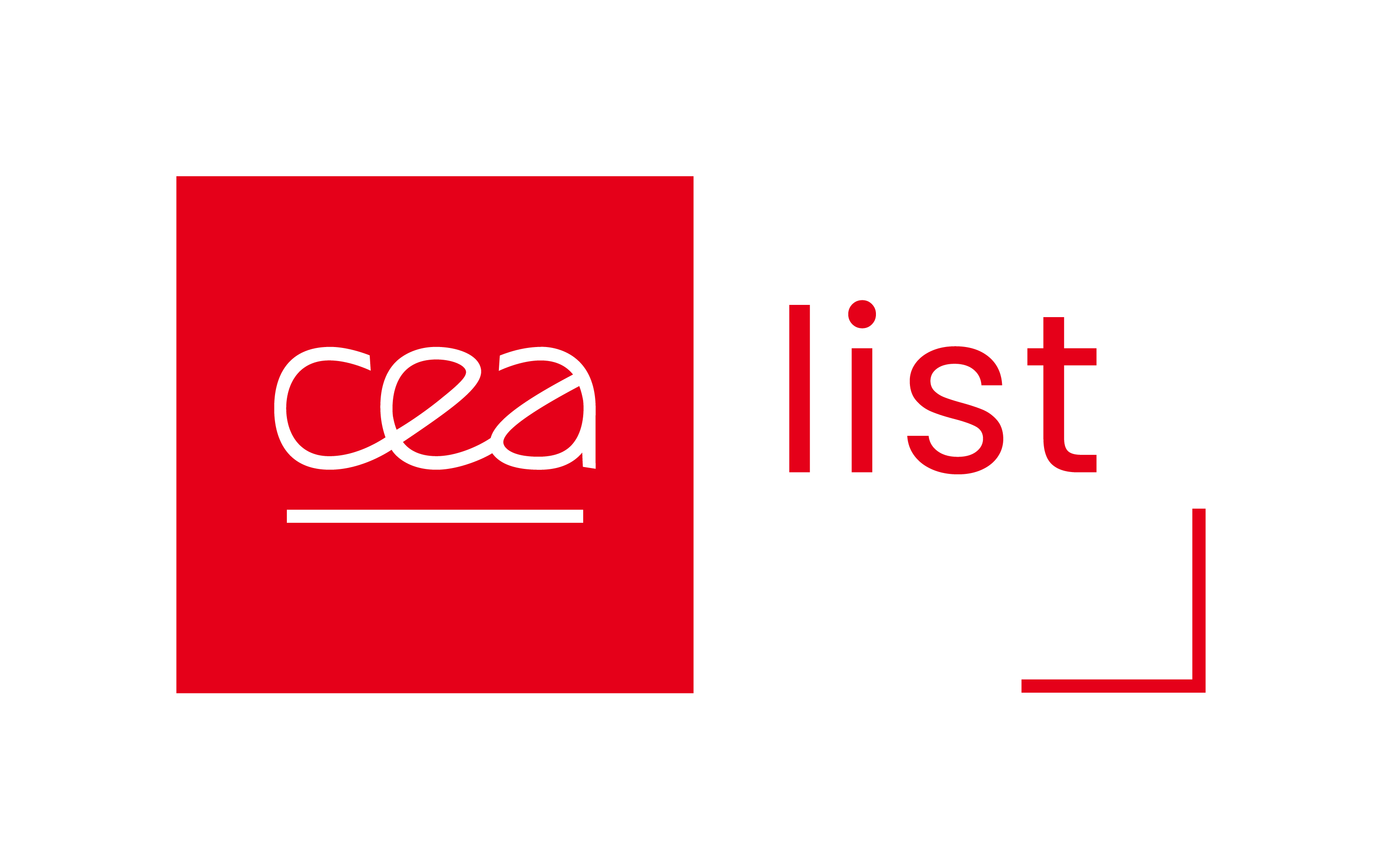Calibration and Metrological Test of the RadonEye Plus2 Electronic Monitor
Abstract
Recently, affordable and sensitive continuous radon monitors became available at the market. They could open the doors to new approaches for estimation and reduction of the indoor radon exposure. Metrological tests of these monitors are necessary to uncover their full potential and support their wider application.
Metrological tests of 20 RadonEye continuous monitors were performed at Sofia University (SU), Bulgaria and UK Health Security Agency (UKHSA), England. Their backgrounds and correction factors to referent activity concentration and were determined. The correction factors were estimated by exposure to activity concentration traceable to a primary radon standard at UKHSA, England. Two approaches for exposure were compared - several longer sessions with different constant activity concentrations and a single session with continuously increasing activity concentration. It is shown that the two approaches give comparable results.
The correction factors of the 20 monitors in the range below 3500 Bq/m3 varied from 0.70 to 1.06. Eight of the monitors had also been exposed at LNHB, France at a traceable radon activity concentration of 4702(61) Bq/m3, showing correction factors coherent with those obtained at SU and UKHSA. The correction factors at the higher activity concentration were significantly different. This was attributed to the non-linearity of the response of the RadonEye monitors, which has previously been reported. The upper limit of the monitors was tested at Sofia University. It is demonstrated that the different monitors saturate at different levels that are significantly below the upper limit of 9435 Bq/m3 declared by the producer.
The background of the monitors was determined by exposure at nitrogen atmosphere for about ten days. The estimated background values for 1-hour-long measurements were below 3.5 Bq/m3 for all monitors. This shows that the monitors are sensitive enough for indoor radon measurements.
The results demonstrate that these monitors should be calibrated at radon activity concentrations close to the typical values observed in buildings and below 3500 Bq/m3. The exposure can be carried out in a single exposure session at changing activity concentration. Data from the conducted exposures and from ongoing measurements in buildings will be presented. It further shows that the RadonEye monitors follow promptly (with an effective time of about an hour and a half) the changes in the radon activity concentration. This, along with their high sensitivity, makes them appropriate for estimation of the radon exposure based on the actual hours spent indoors.
Keywords
Radon
Electronic radon monitor
RadonEye
Metrological characteristics
calibration
instrumentation
nuclear instrumentation
radon monitoring
ionizing radiation
radioactivity
indoor radon exposure
metrology
continuous monitor
radioactive background
correction factor
referent activity concentration
primary radon standard
Reference material
activity concentration
continuously increasing activity concentration
constant activity concentration
traceable radon activity concentration
non-linear response
saturation
radon exposure
Fichier principal
 IDimitrova_etAl_Dec_2023_r1_revised.pdf (795.26 Ko)
Télécharger le fichier
Fichier principal
IDimitrova_etAl_Dec_2023_r1_revised.pdf (795.26 Ko)
Télécharger le fichier
Fichier principal
 Poster_IDimitrova_ICRM23.pdf (679.12 Ko)
Télécharger le fichier
Poster_IDimitrova_ICRM23.pdf (679.12 Ko)
Télécharger le fichier
Origin : Files produced by the author(s)
Origin : Files produced by the author(s)
